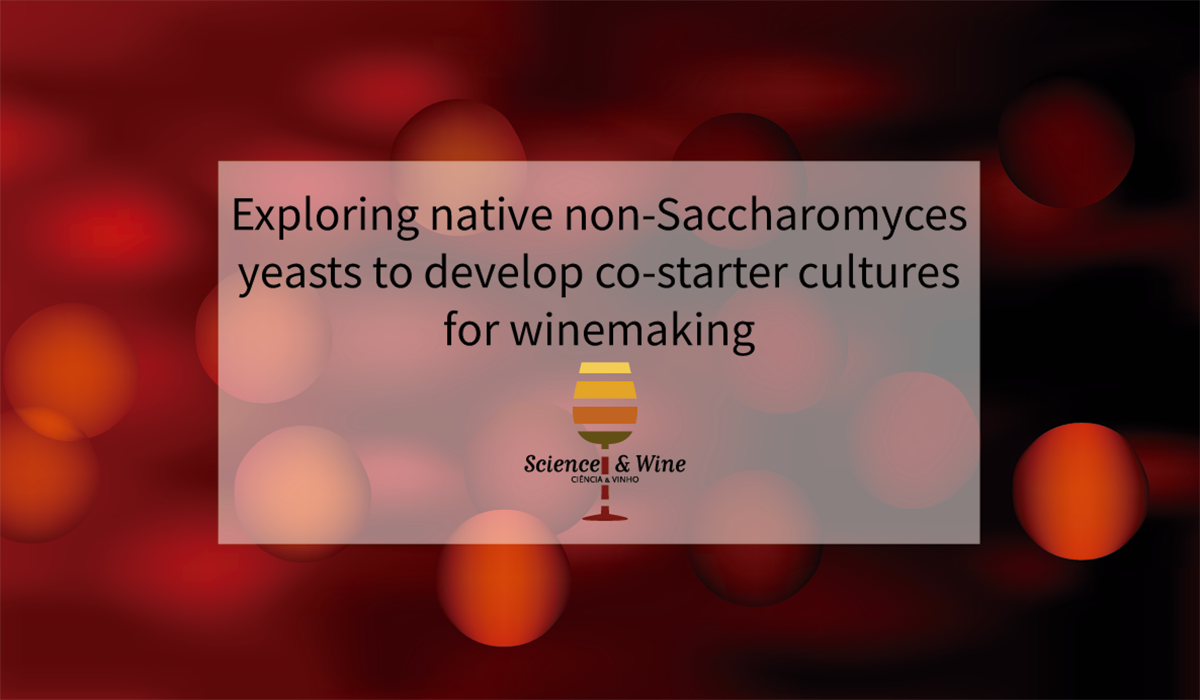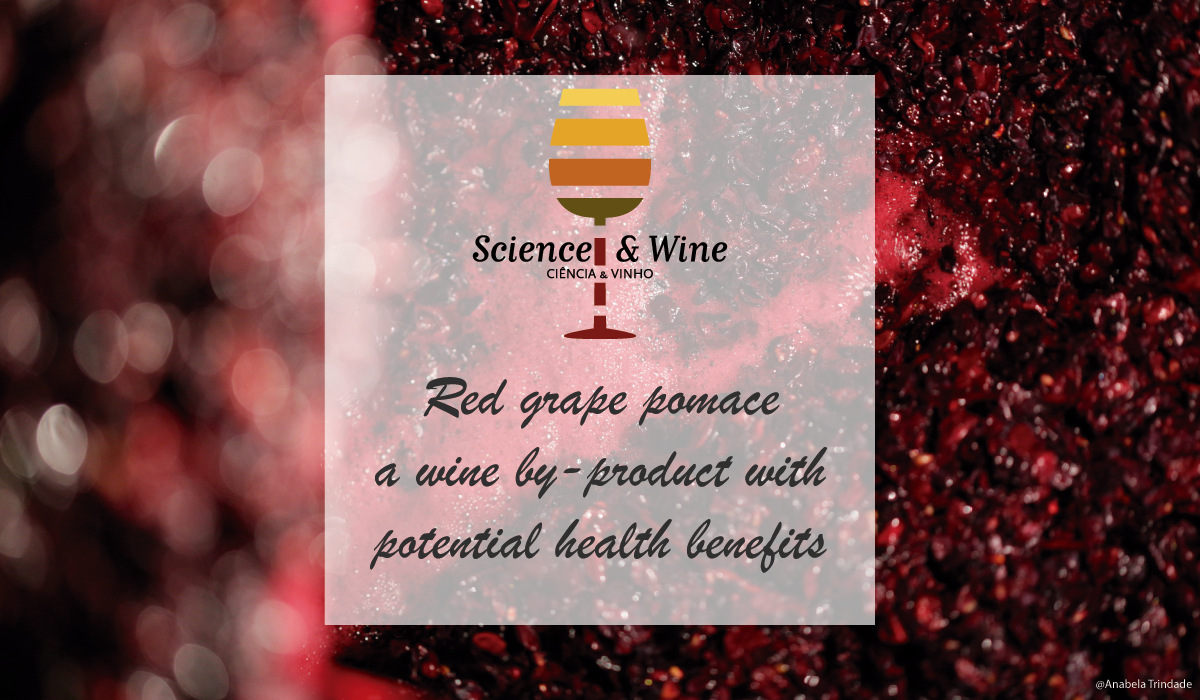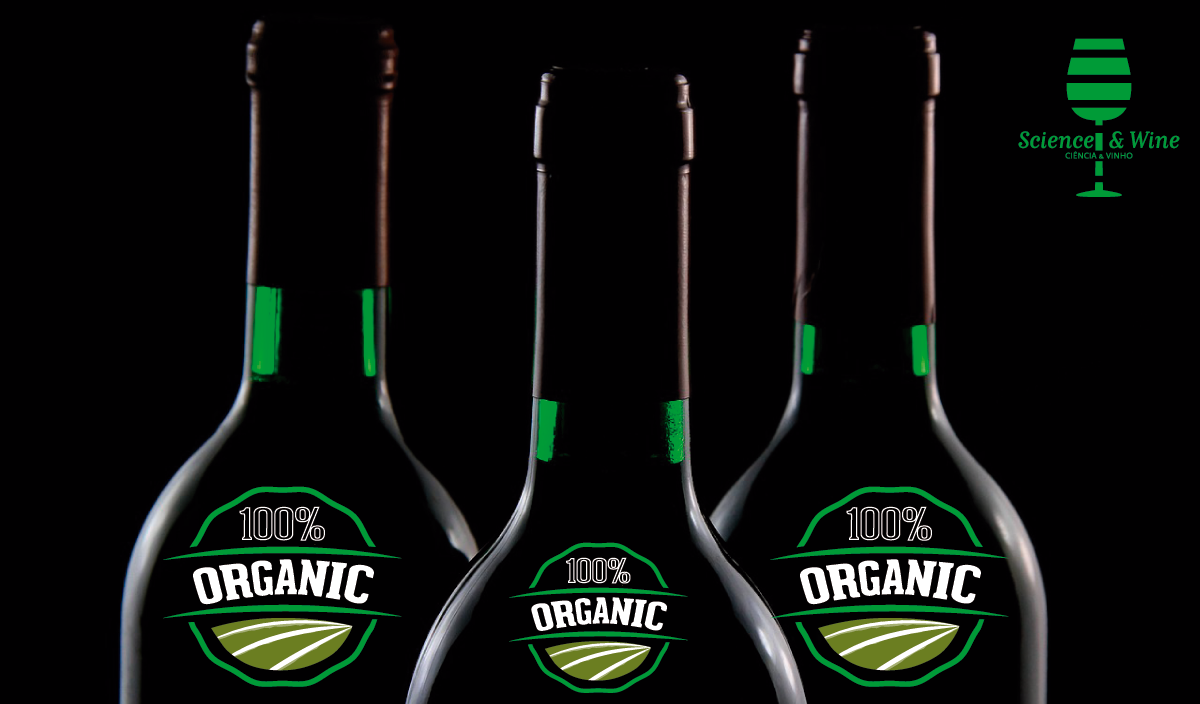What is a biodynamic wine? Which techniques can be used to distinguish a biodynamic wine from the conventional one? Besides the answer to these questions this post also address other aspects regarding organic wines such as antioxidant capacity, human toxicity effects and SO2 levels. Also, the effects of biodynamic viticulture practices on the chemical and sensory characteristics of wines are addressed.

Exploring the diversity of a collection of native non-Saccharomyces yeasts to develop co-starter cultures for winemaking
Winemaking involves the inoculation of Saccharomyces cerevisiae starter cultures in grape musts. Currently other yeast species are being investigated as co-starters with the aim of improving wine complexity. In this post the authors summarize the results of a study carried out to discover new strains that can be used to enhance wine quality. The results show that wine quality depend on both species and strains which indicate that mixed fermentation strategies using new generation of co-starters can improve the overall quality of regional wine.

How to increase the tannin content of cold-hardy interspecific hybrid grape wines cultivated in cold climate?
This post describes the effect of must protein treatment on tannin retention in a wine made with Frontenac a cold-hardy variety developed at the University of Minnesota. Treatments tested were bentonite and heat; pomace: fermented with and without; tannin addition: 0–9 g/L; and time of maceration: 0–11 days. Protein removal from must prior to alcoholic fermentation, using bentonite addition or heat treatment did not improve tannin retention. On the contrary, conducting fermentation without pomace significantly increased tannin retention in wine, when exogenous tannins in a dose 5-15 times higher to the one the recommended dose were added.

Red grape pomace: a wine by-product with potential health benefits
This post talks about the potential re-use of the industrial wine by-product grape pomace to formulate functional drinks rich in bioactive compounds, namely polyphenols, demonstrating a beneficial health effect. Two recent published scientific papers, originated from a fruitful collaboration among the University of Parma, the Federico II University of Naples, and the National Research Council labs of Naples, Padua and Avellino, represent a reliable example of a comprehensive scientific approach. This approach includes the characterization of the specific functional product, the human metabolism of its native polyphenols, the resulting effect on glucose metabolism and, finally, its association with specific circulating metabolites.

